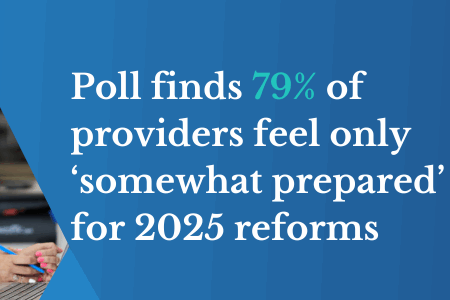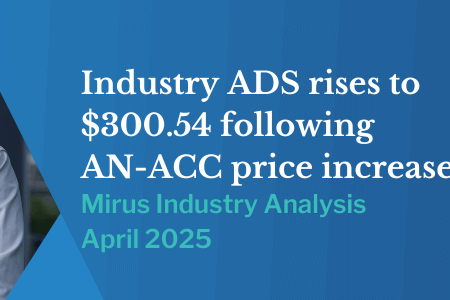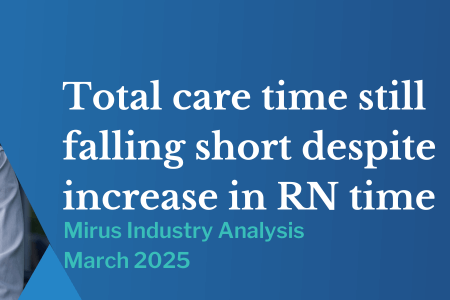How will changes to accommodation payments affect your business?
March 25, 2014 | Aged Care Management
On July 1 2014, a number of changes to accommodation payments for aged care facilities will be introduced. It's important that you're clued-up on these changes, so you and your business can transition confidently into this new era of aged care.
In just over three months' time, the distinction between high care and low care will be removed. This will give residents "greater control and choice over their care", states the Department of Health and Ageing, but it also means aged care providers may need to adjust their day-to-day operations.
Soon, aged care facilities will be able to set their own prices for accommodation, but these must be advertised in advance, along with a description of each room's key features.
In some cases, your prices will need to be approved by the Aged Care Pricing Commissioner. This should only be for prices set above $550,000, however.
All incoming residents will be able to choose how they wish to pay for accommodation, and they have 28 days to decide which option will suit them best. The possibilities include a lump sum (a.k.a refundable accommodation deposit, or RAD), periodic payment (a.k.a. daily accommodation payment, or DAP), or a combination of the two.
While these changes won't officially come into effect until July 1, the Department of Social Services has revealed that aged care providers need to have listed their accommodation prices and room features on their websites, in all written documents (such as pamphlets) that you'll be handing out to incoming residents and on the MyAgedCare website.
If you're unsure which accommodation payment method would best suit your business, why not give the Mirus Readiness Assessment Tool a go? This will ask you a series of short questions, which the team at Mirus Australia can then use to develop a personalised RAD & DAP Action Plan for you.


